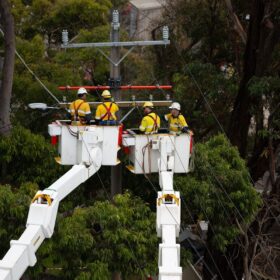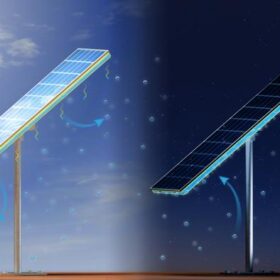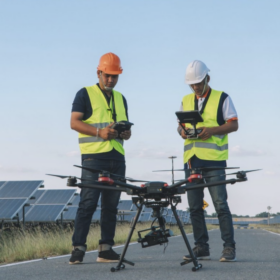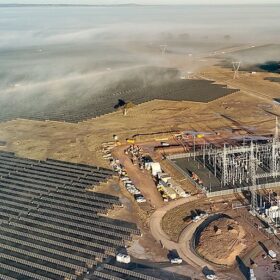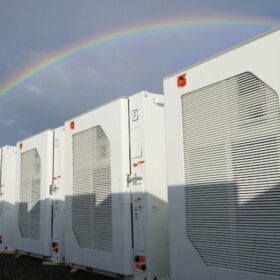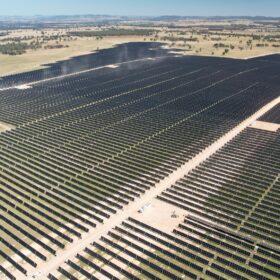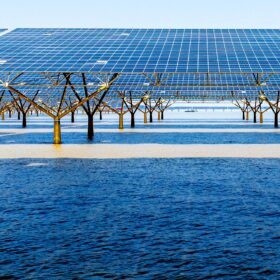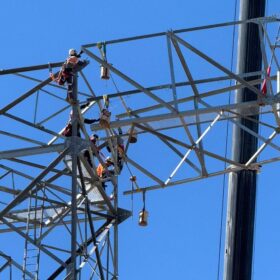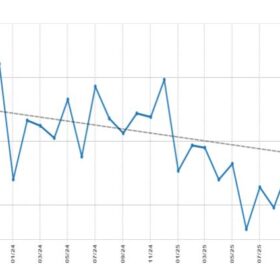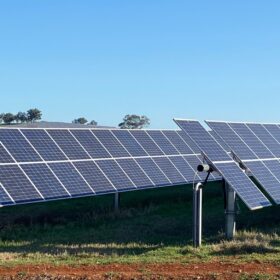Building workforce crucial for clean energy future
Australia’s energy system is changing. While there’s been a lot of talk about the size and scale of the task before us, there’s been little conversation about who – in a very practical sense – will build the energy system of the future.
New cooling gel could raise PV module efficiency by 12%
An international research team has developed a hydrogel composite that absorbs moisture in solar modules overnight and facilitates evaporative cooling throughout daylight hours. The system has undergone lab tests and outdoor experiments on two continents.
Solar panel recycling plan urges repair, reuse first
Australia’s rooftop solar industry has renewed calls for a mandatory recycling scheme to deal with the growing problem of solar panel waste. Only about 10% of panels are currently recycled. The rest are stockpiled, sent overseas or dumped in landfill.
Amazon’s $20 billion investment to support three new solar farms
Cloud computing giant Amazon will invest $20 billion over the next five years to expand its data centre network in Australia with the funding to also support the development of three new solar farms with more than 250 MW capacity.
Top solar modules in reliability, quality and performance testing
The Renewable Energy Test Center has released its 2025 PV Module Index, assessing solar module reliability, quality, and performance across industry benchmarks. The report highlights manufacturers that meet high standards in long-term durability and energy yield.
Neoen begins commissioning process for 350 MW solar plant in NSW
One of Australia’s largest solar projects has been energised with developer Neoen confirming that its 350 MW Culcairn Solar Farm in the New South Wales Riverina Murray region has entered the commissioning phase.
Fluence secures state backing to grow Australian operation
United States-based energy storage tech giant Fluence Energy has announced an expansion of its Australian headquarters in Melbourne after locking in a “tailored investment” provided by the Victorian government.
Longi unveils 700 W back-contact PV panel with world record silicon solar cell
Chinese solar manufacturer Longi has unveiled a new PV module with 25.9% efficiency, produced using both low- and high-temperature passivation techniques.
North-south switcheroo as solar conditions swing opposite directions over autumn 2025
Autumn has fast emerged as a volatile and uncertain time in the National Electricity Market as unpredictable weather patterns often deliver a mixed bag of renewable energy outcomes. As the energy transition trundles on, this seasonal variability is likely to remain a defining feature.
Barriers to foreign clean energy investment need urgent reform: CEIG
The Clean Energy Investor Group calls for regulatory reform to give foreign capital faster processing, and is one of many recommendations to help unlock $421 billion needed to achieve emissions reduction targets and secure a clean energy future.
